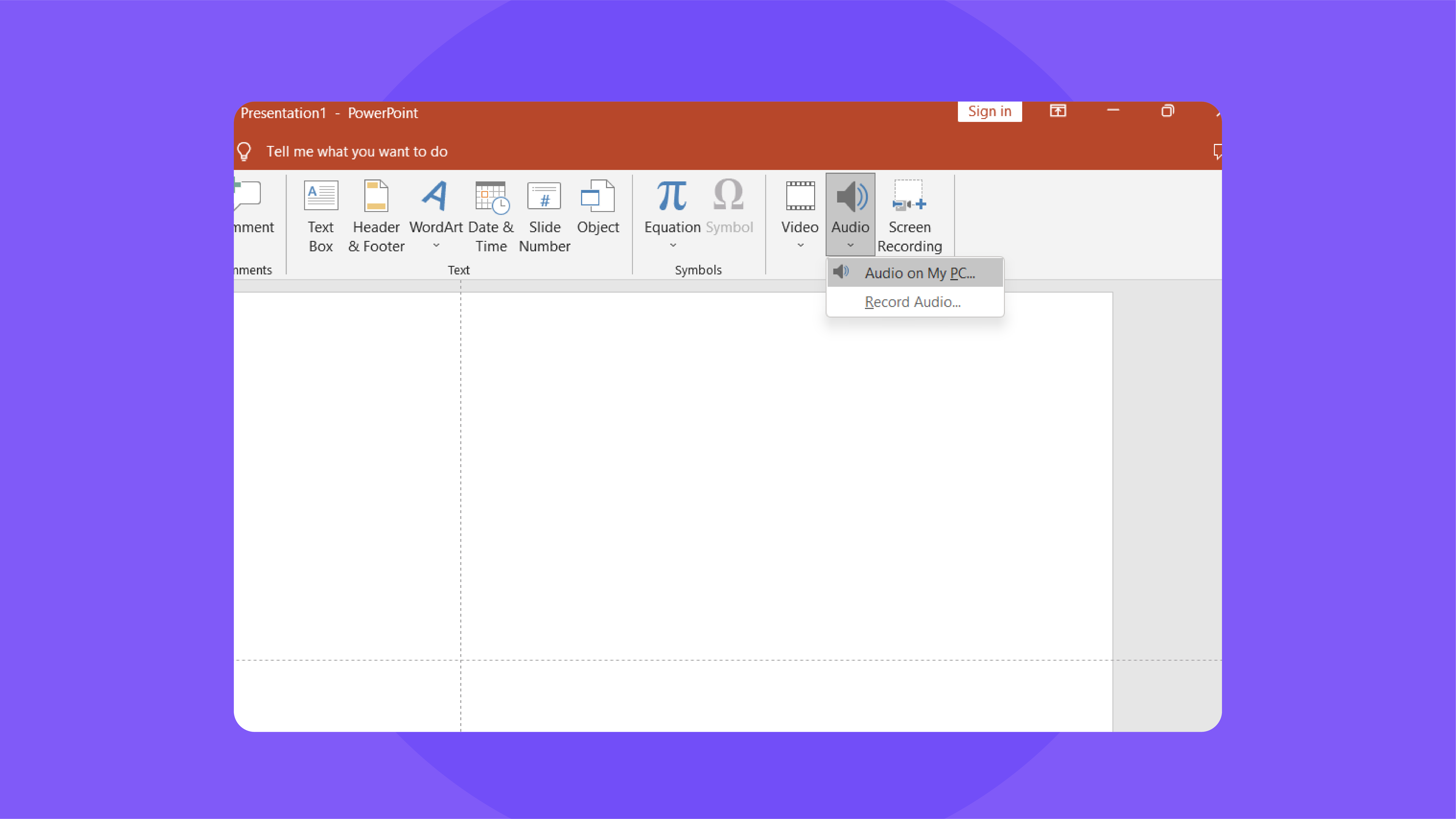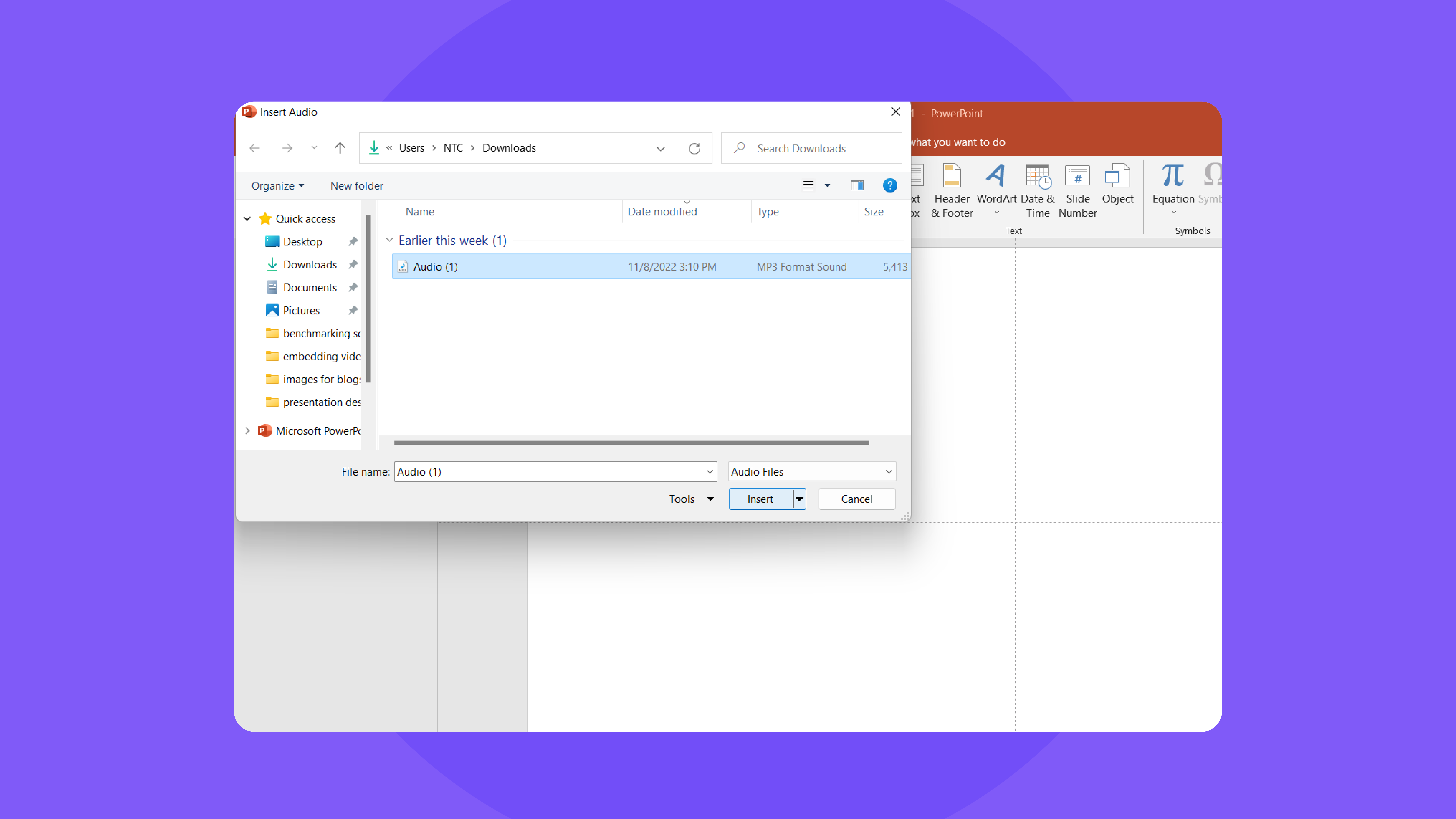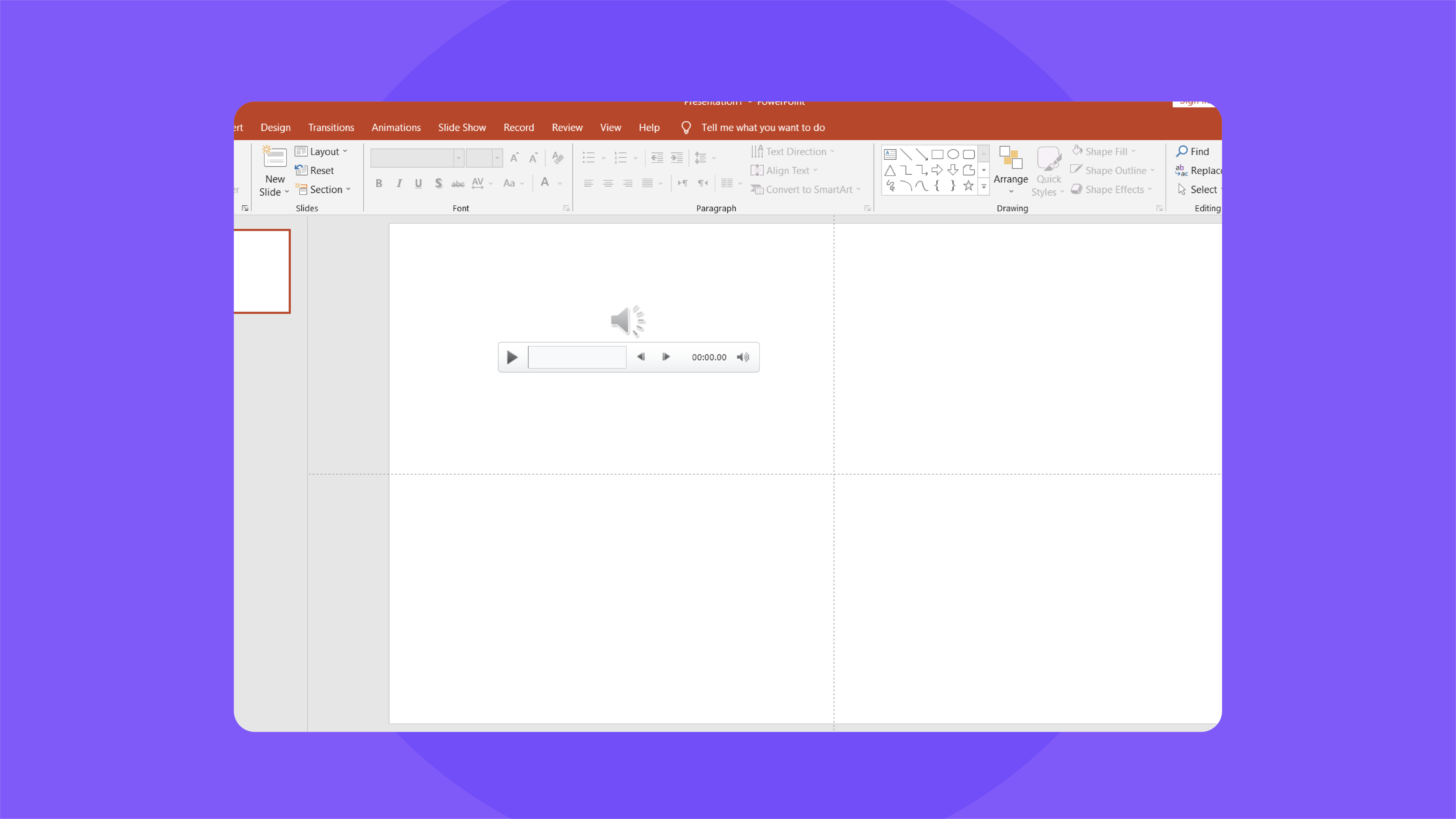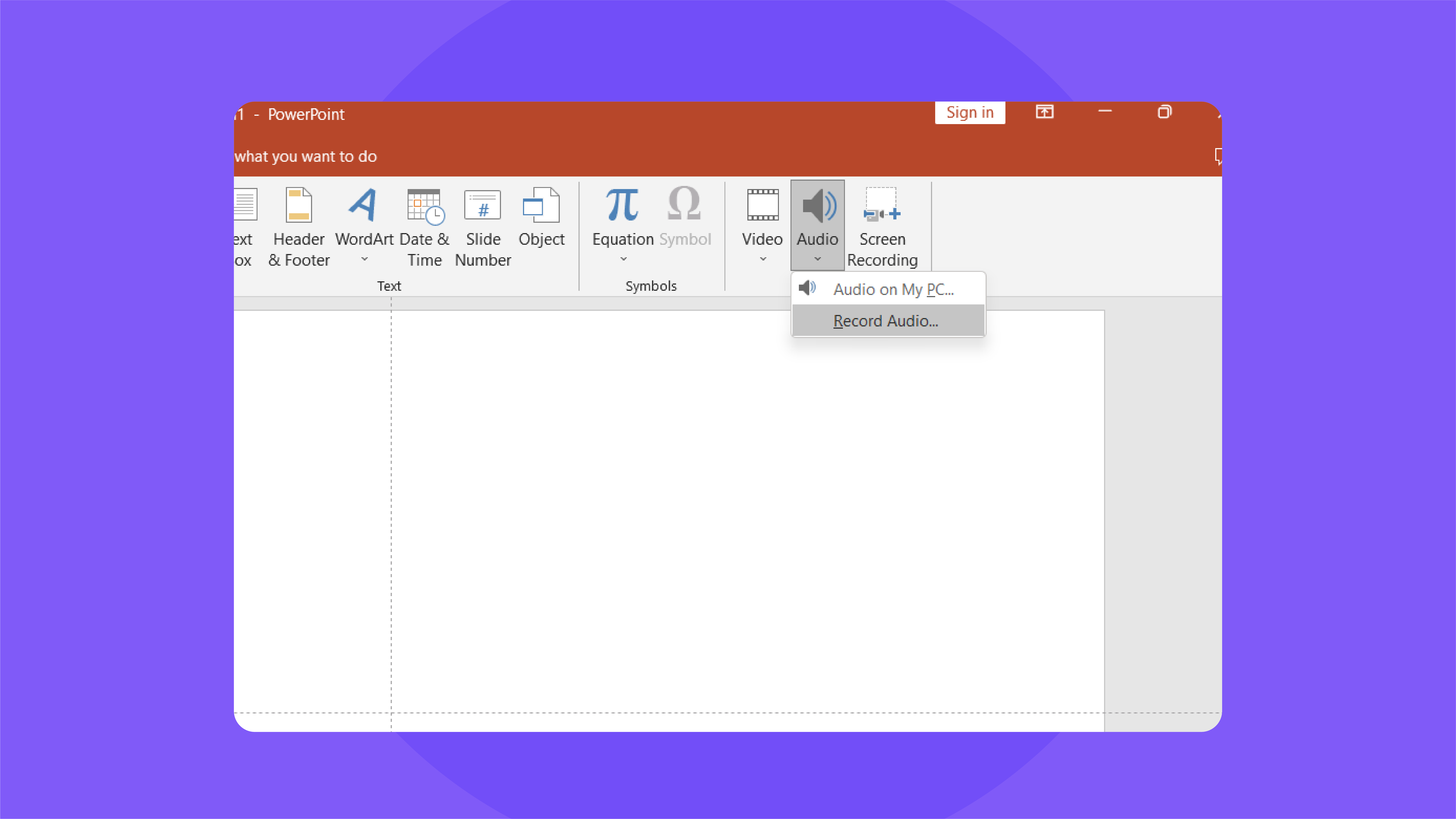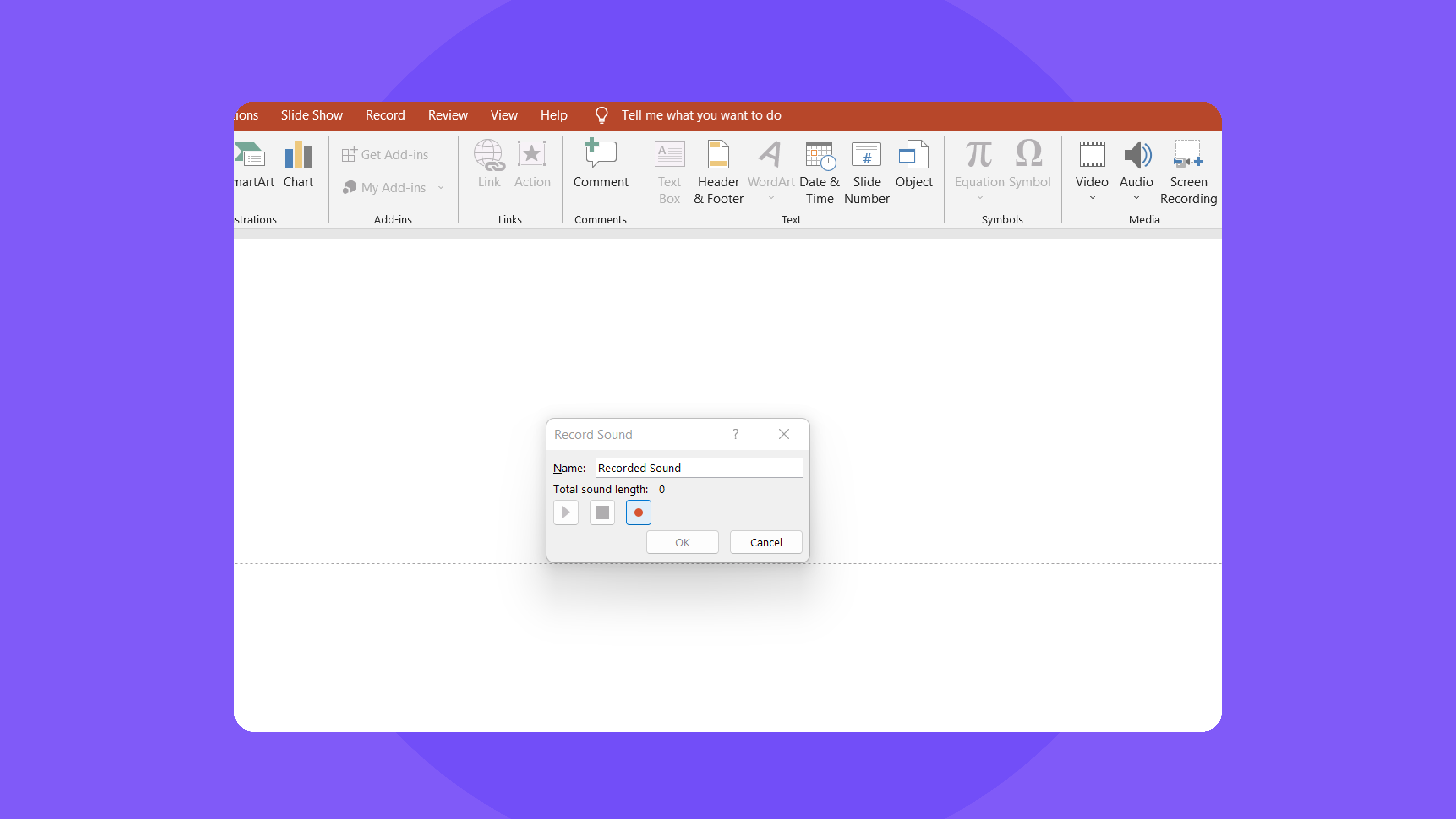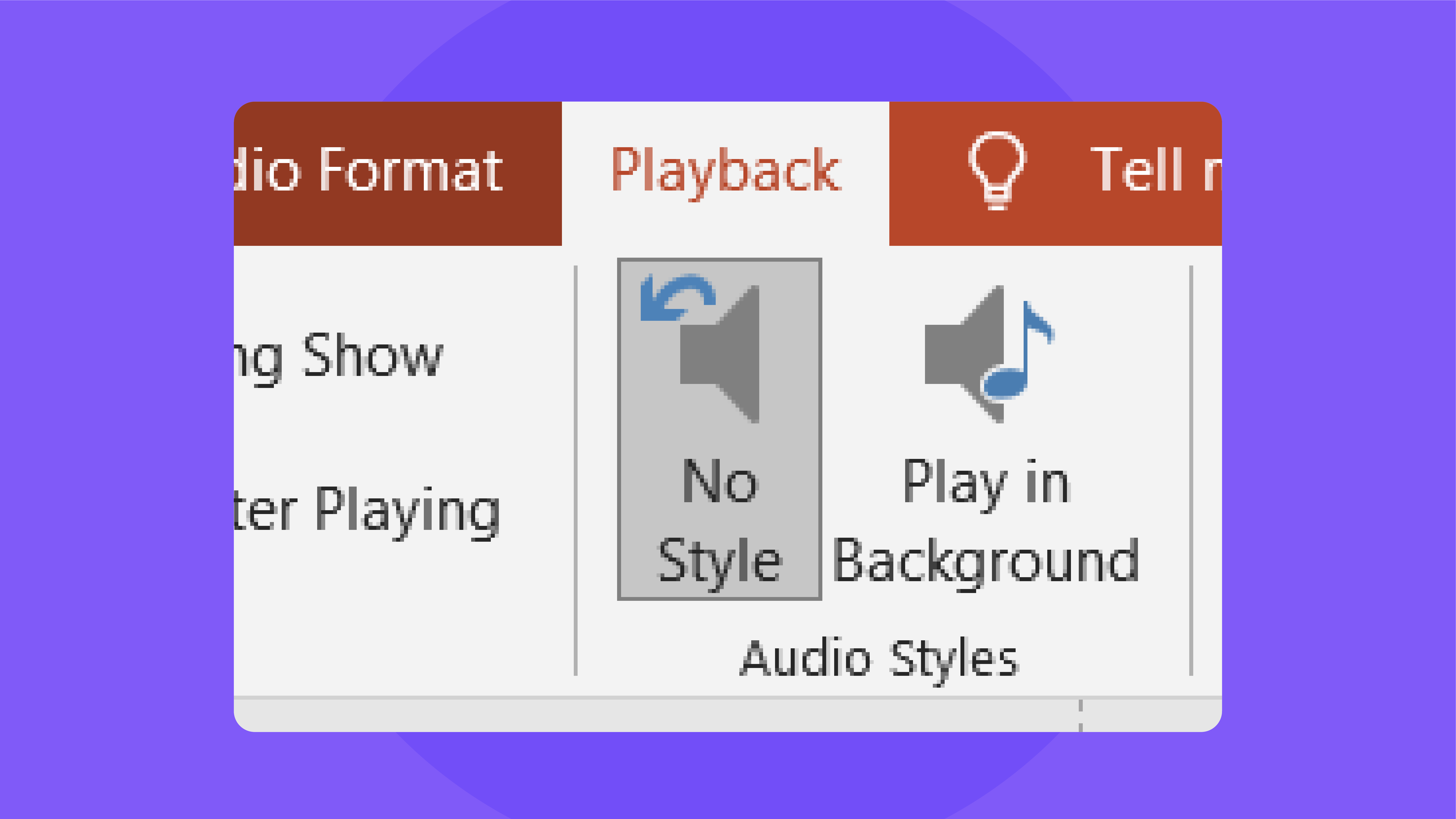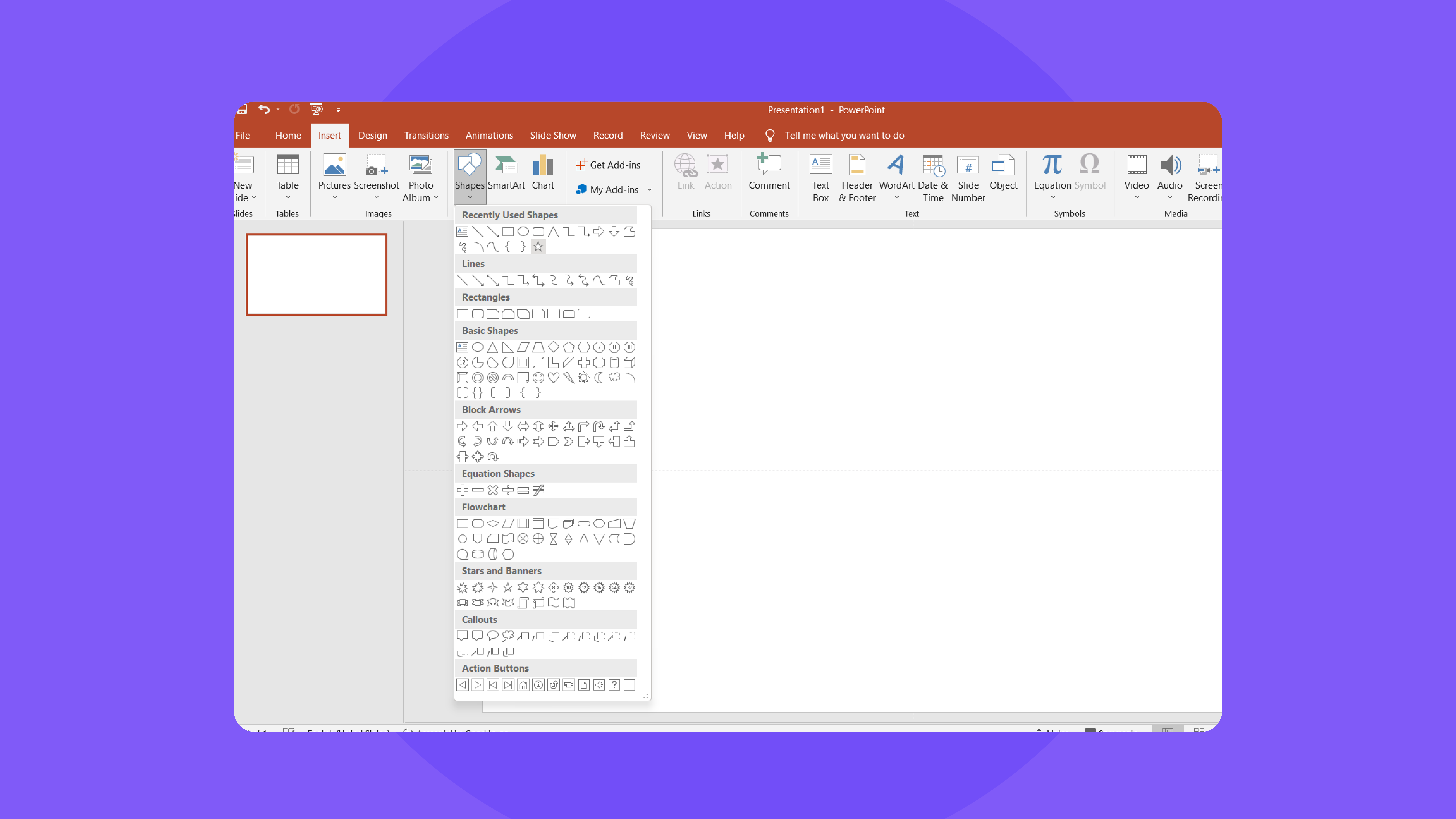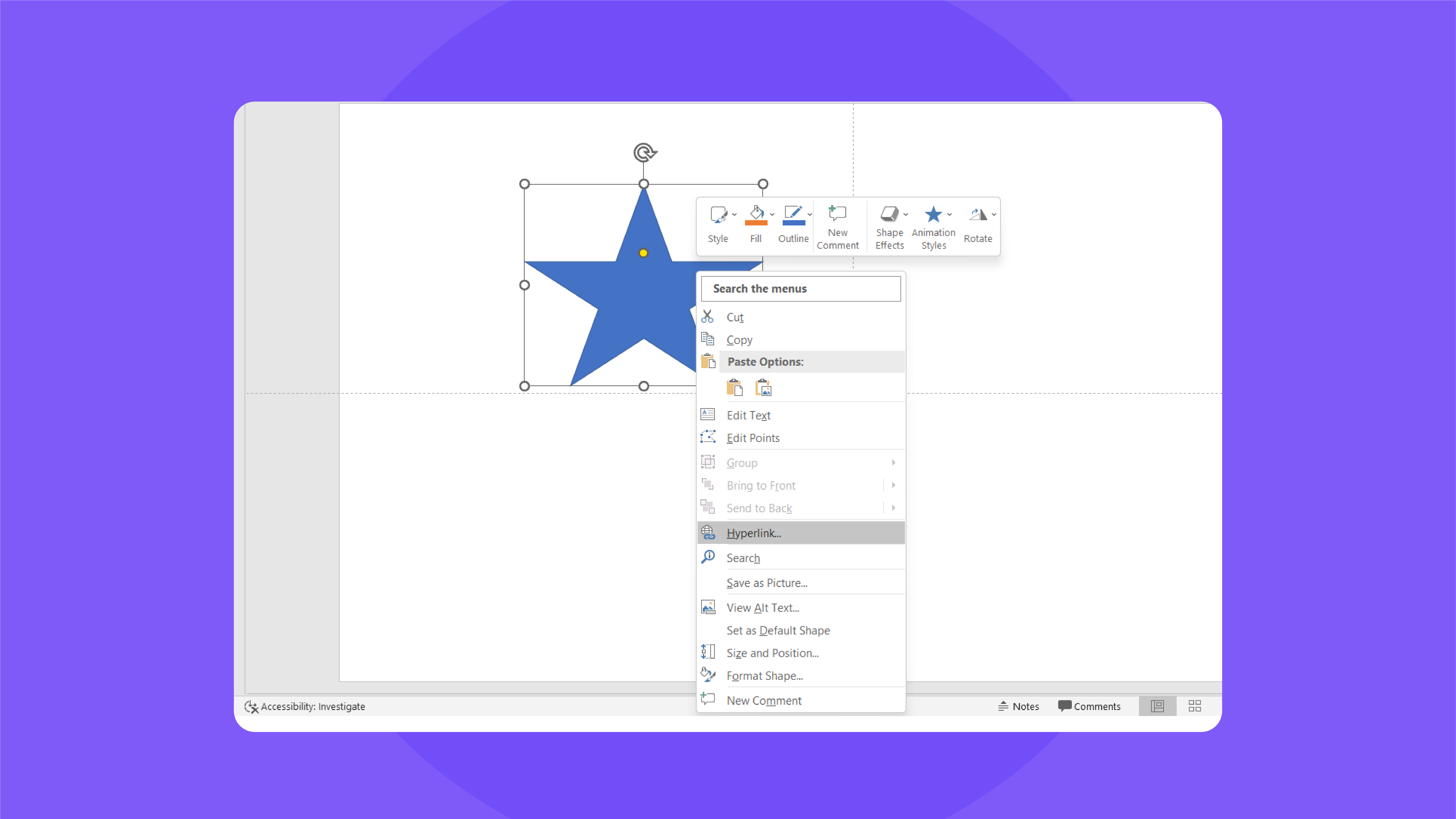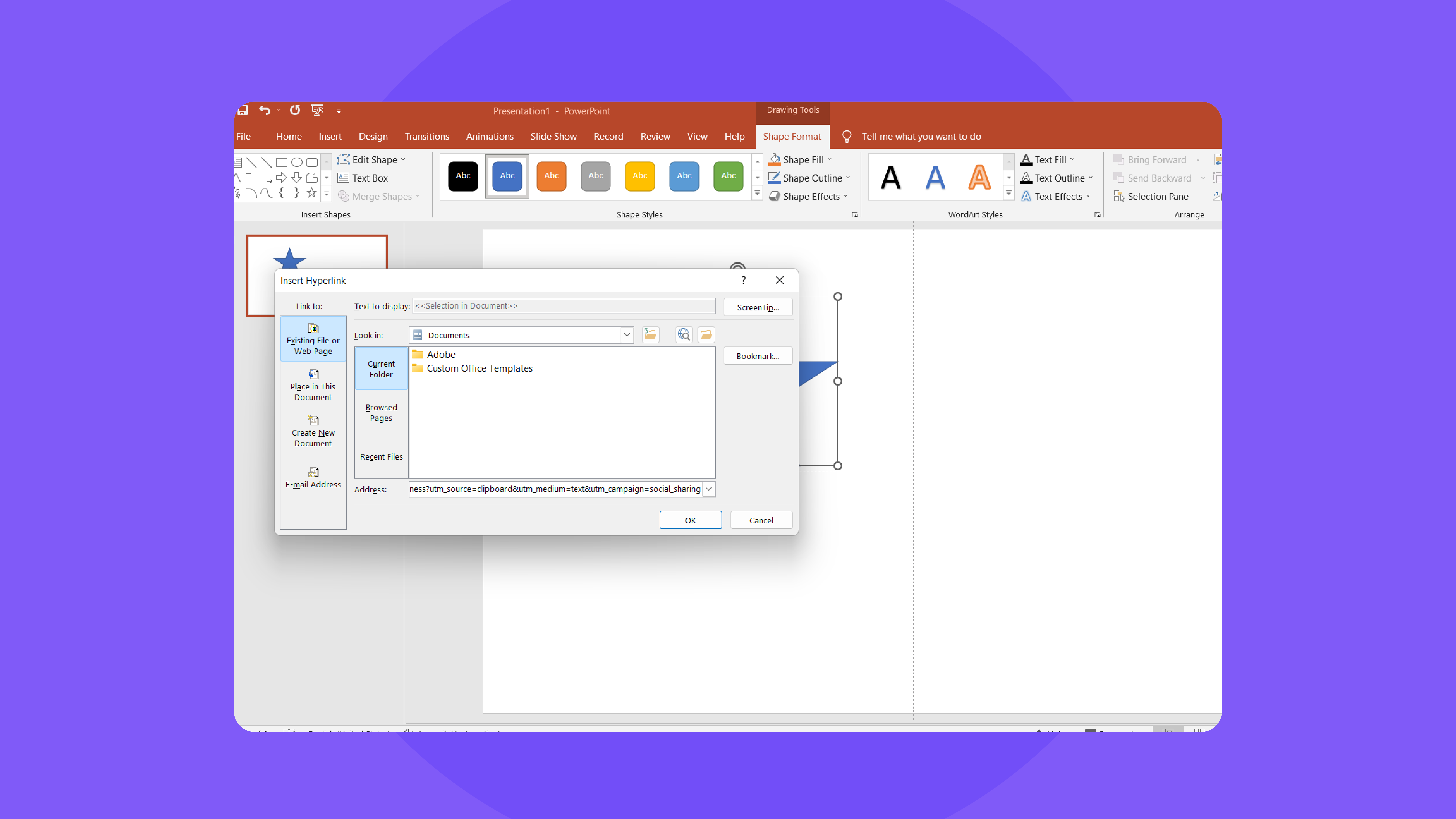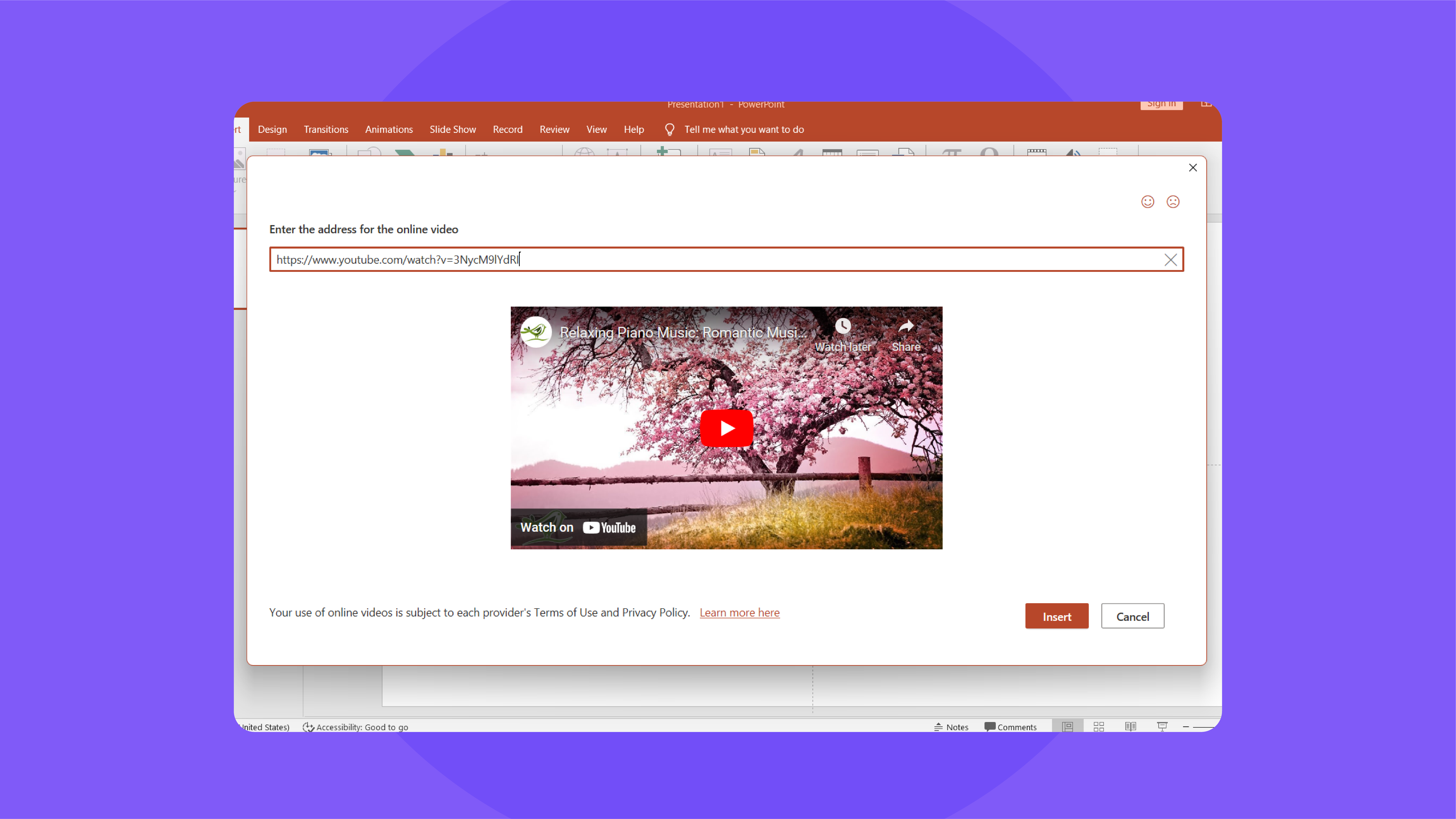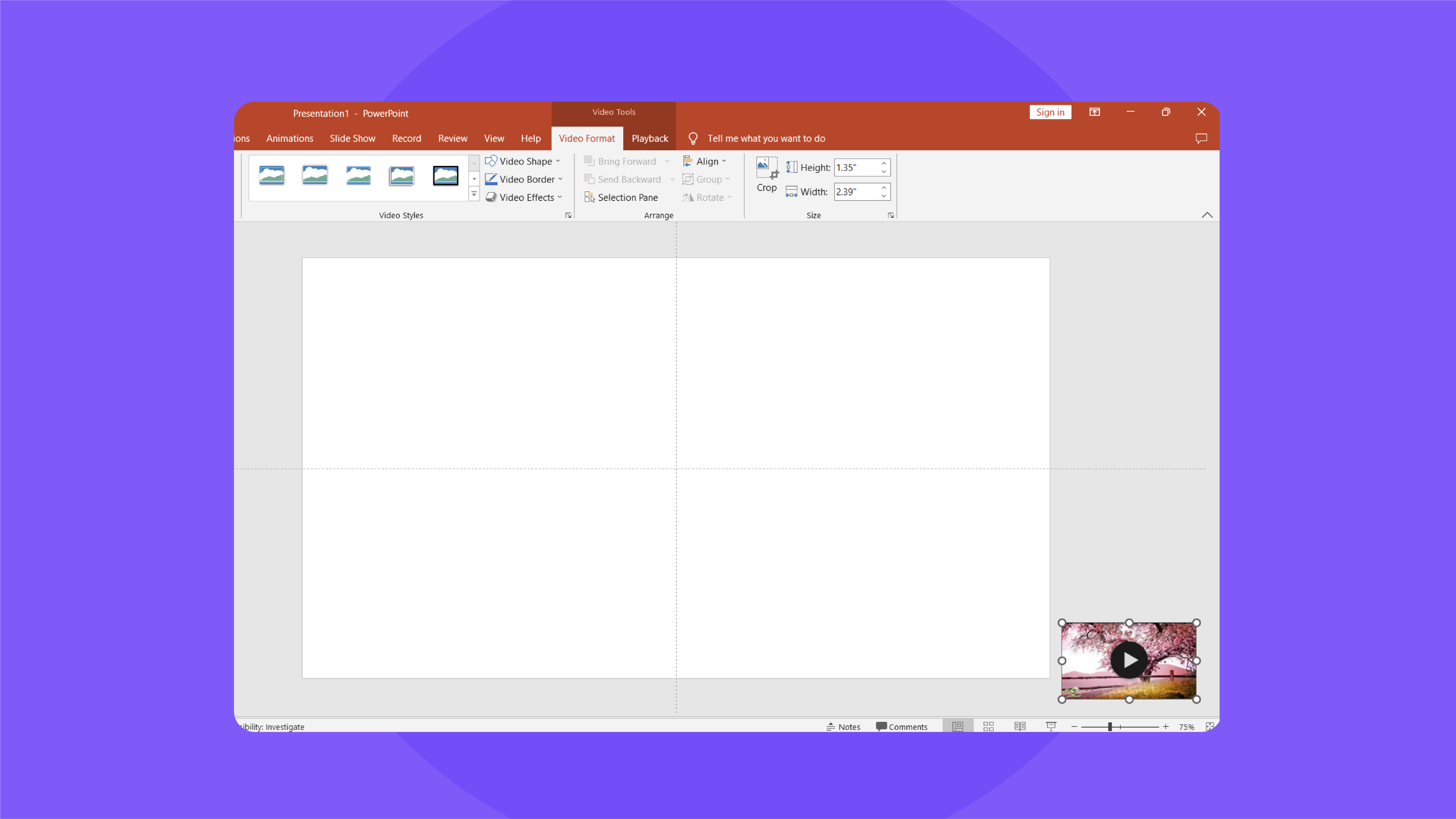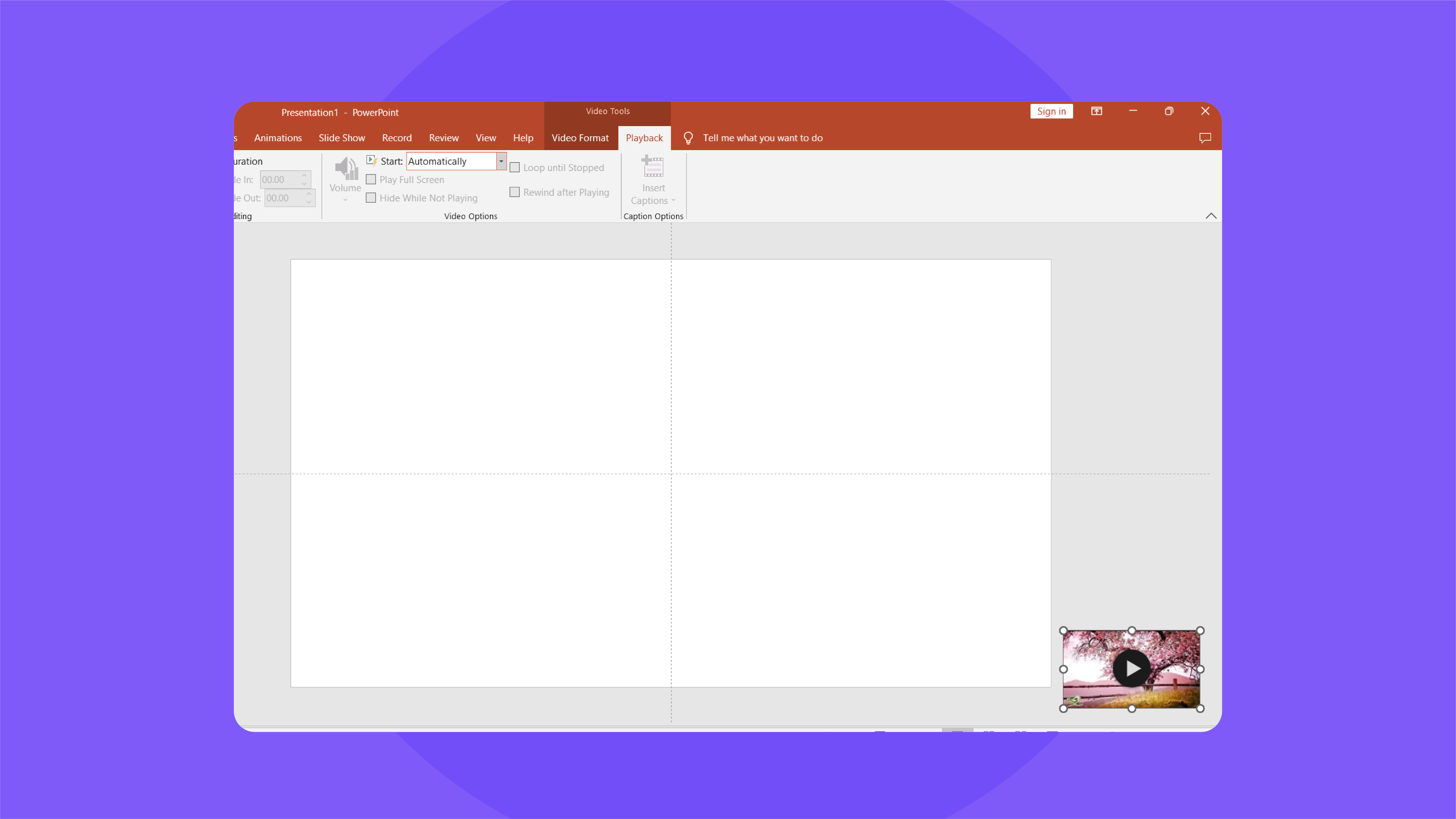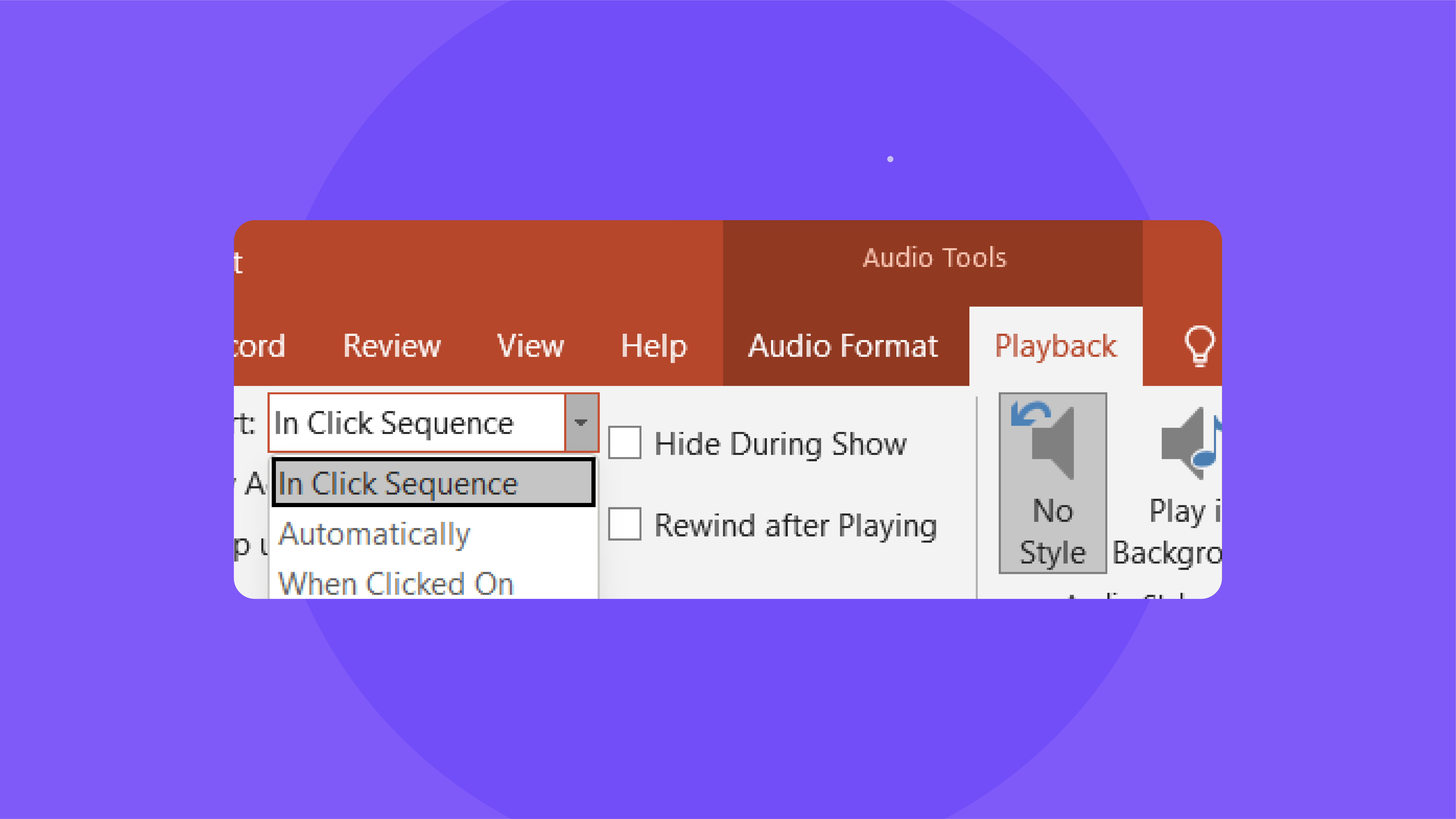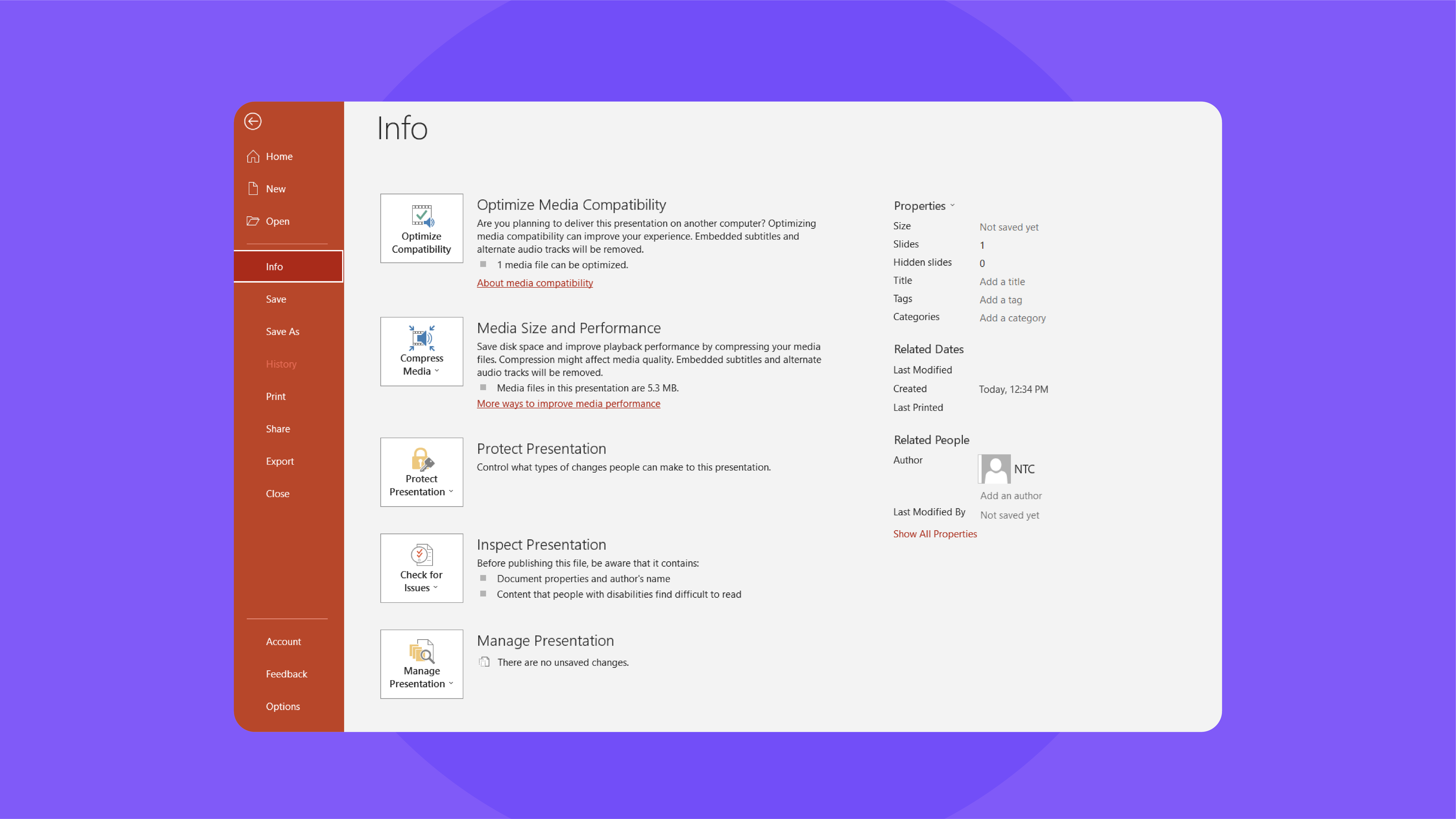22 February 2024
Music can give a presentation a certain ambiance that makes your audience sit up straighter. Of all the ways you can spice up a presentation, rarely do we consider sound. The immersive quality of music, or even a voiceover, can elevate your speech, leaving a memorable impression on your audience. Learn how to add sound and music to give your presentation the little extra kick it needs to inspire listeners.
Adding audio from your computer
To add an audio file to a PowerPoint presentation, use a compatible file such as .wav, .wma, or .mp3. On the slide you wish to add the audio to, go to the Insert tab and find the Media cluster. In the Audio menu, you’ll find an option to add media from your PC or record your own audio.
Click on Audio on my PC and select the file you want to use.
Recording audio from PowerPoint
In your PowerPoint presentation, go to the slide where you wish to add the audio. And again, click on the Insert tab, find the Media group, and select Record Audio from the Audio drop menu.
Once you click on Record Audio, a small pop-up window called Record Sound appears. Change the name of the audio file and press Record to start and Stop to end the recording. You could replay what you’ve recorded by clicking on Play, and once you’re satisfied with the result, click OK to insert the audio clip.
How to edit audio on PowerPoint
You can alter and edit the audio clips in your presentation by selecting the audio and finding the Audio Tools on the toolbar. Under the Playback tab, there are several tools you can use to adjust the audio to your liking.
With Bookmarks, you can bookmark certain parts of the audio that you can spot on the timeline, which helps find specific points in an audio track.
In the Editing section, you can trim the audio or play around with the fade-in or fade-out options.
In the Audio Options, there are multiple options for adjusting the audio’s performance by managing the volume and Start options. There you find features such as Loop Until Stopped to keep replaying the audio, Play Across Slides, Hide During Show to hide the audio icon, and Rewind After Playing to restart the track once it’s done.
The features in the Audio Format tab are related to the image or icon you want the audio to be represented in and editing its visual characteristics.
Adding audio from an online link
Sometimes, you might want to add a music track you found online, such as a SoundCloud link. To do so, Insert an image or icon, which you will use to link your online audio.
Right-click on the image and go to Hyperlink, then copy and paste the link into the pop-up page.
To play the audio, tap the CTRL key on your keyboard and click on the audio/icon to open it in a new window where you would need to play it and pause it manually.
Adding music from YouTube
To add music from a YouTube link, you would insert a video. If you’re unsure how to do so, you can refer to our blog about embedding and inserting videos in a presentation. You go to the slide you want to add the audio to and go to Insert. Select Video to bring out the drop menu, click on Online Videos, and copy and paste the video you want to use.
After that, decrease the video’s size and move it beyond the visible part of the slide.
Then go to the Playback tab. In the Video Options, adjust the Start option to Automatically to have the audio play instantly. Note that the audio stops when you move to the next slide.
Setting audio playback timing in PowerPoint
To have a smooth-running presentation, you should set the audio tracks to play right when you need them to. In the Audio Options under the Playback Tab, you can preset the audio files to play In Click Sequence, Automatically, or When Clicked On to set the right pace.
In Click Sequence
The In Click Sequence option plays in sequence with other effects you’ve added to the slide. For example, you would have the text, image, and music appear in a specific order. To play the audio, you would have to click on the screen (or even use a clicker) to activate the actions on the slide.
Automatically
When you choose to click on Automatically, you are opting to have the music play the moment the slide appears. The Automatically option takes your mind off any manual details while you’re presenting.
When Clicked On
The When Clicked On option means that you will have to click on the audio icon to start the sound manually. If you want to control the pace of your presentation, then this feature is helpful.
Playing several clips in succession during your presentation
If you are telling a story, there will be ups and downs that need to be synced with the soundtrack. The most practical way to add several pieces of audio to a presentation is to create a playlist with all the audio clips you want to use. You will need to use audio-editing software like Audacity and Audio Mass to join the clips together and have them play in succession. After that, export the file as one and set the Audio Options to Play Across Slides.
How to replay music throughout your entire presentation?
Let’s say you would like to have a single piece of music play throughout your presentation. To automatically replay an audio track, find the Audio Options and select Loop until Stopped.
How to trim music in a PowerPoint presentation?
There might be an audio clip that you would like to use. However, there might be a section that does not suit your presentation. It could feature an introduction that is too long, have an outro that becomes too noisy, or clash with your presentation design. Whatever the reason, you could amend it by trimming the audio. Once again, find the Playback tab under Audio Tools, go to Editing, and click on Trim Audio. The pop-up page will show you the track, and you can adjust the arrows on each side to carve out a clip that covers what you need. Replay to double-check that you’re happy with what you’ve made, and click OK.
Common audio file issues and how to fix them
On occasion, your PowerPoint presentation might get stuck and slow down due to issues regarding audio and playback. There are many reasons this could happen; they are typically the result of a faulty or incompatible audio file. Depending on the cause, several solutions can refresh and fix your presentation. We’ll discuss four things you should consider when facing any file issues in PowerPoint, what might be causing the complication, and how to solve it.
Make sure your audio files are compatible with your presentation software
Now and then, you might run into trouble with the file’s compatibility with PowerPoint. In that case, you go to the File tab and select Info. Typically, .wav, .mp3, and .wma files are compatible with PowerPoint. If you’re facing an issue, find the Optimize Compatibility section; this section details the media files in the presentation and playback issues you’re facing. If any file is facing a compatibility issue, then you will find the Optimize Compatibility option, which will fix the file for you.
Check the file size of your audio files
One of the reasons your PowerPoint presentation is crashing could be that you are using a large file, which you then need to compress. To check your file’s size, go to the File tab and find Info. In the Media Size and Performance section, select Compress Media and choose the quality. The Full HD and HD options preserve video and audio quality while compressing the file’s size and saving space. The Standard 480p size saves the most space and is convenient for presentations sent over email.
Select the compression quality, and PowerPoint will begin compressing the file. The process will take a while, depending on the size and quality of the media. When the compression is complete, click Close.
Convert your audio files to the correct format
If you cannot play the audio, it could be because the audio format is not supported by PowerPoint. The formats supported by PowerPoint include .wav, .wma, .midi, .au, .aiff, and .mp3. If the file you’re using is not in any of these formats, you can convert it with a conversion website or software such as Convertio or Online Audio Converter.
Restart your computer
Sometimes, the solution to presentation troubles is not related to the files you are using. Solving slowness and performance issues could simply be a matter of restarting your computer.
How to remove all music files from your presentation?
In case you change your mind (and you might!), you can always remove all audio files from your presentation. If you decide that the idea in your head doesn’t line up with reality, removing the audio files is as easy as selecting the audio icons and clicking on Delete.
Often underutilized, audio can add a transformative quality to your presentation, taking it from good to great! By embracing music and sound, you command attention, enhance your narrative, and create an unforgettable experience for your audience. With these PowerPoint tips, you can now spice up your slides with sound and music and experiment with all sorts of audio features. Remember, your presentation is not just a collection of slides; it is an audio-visual journey you can create for your audience.




